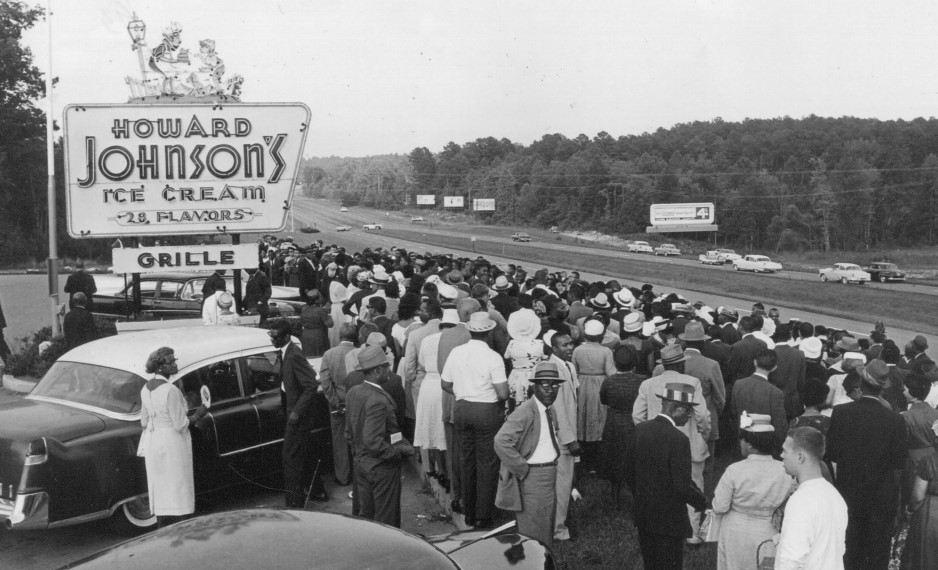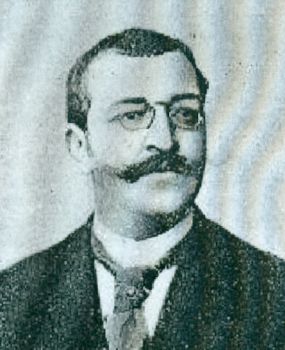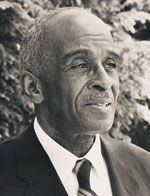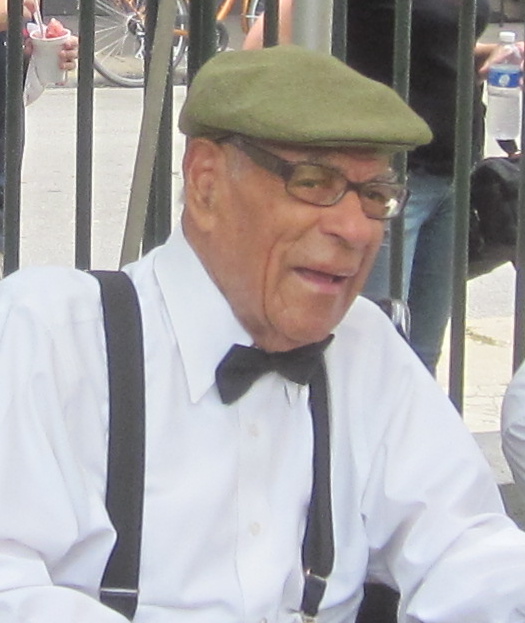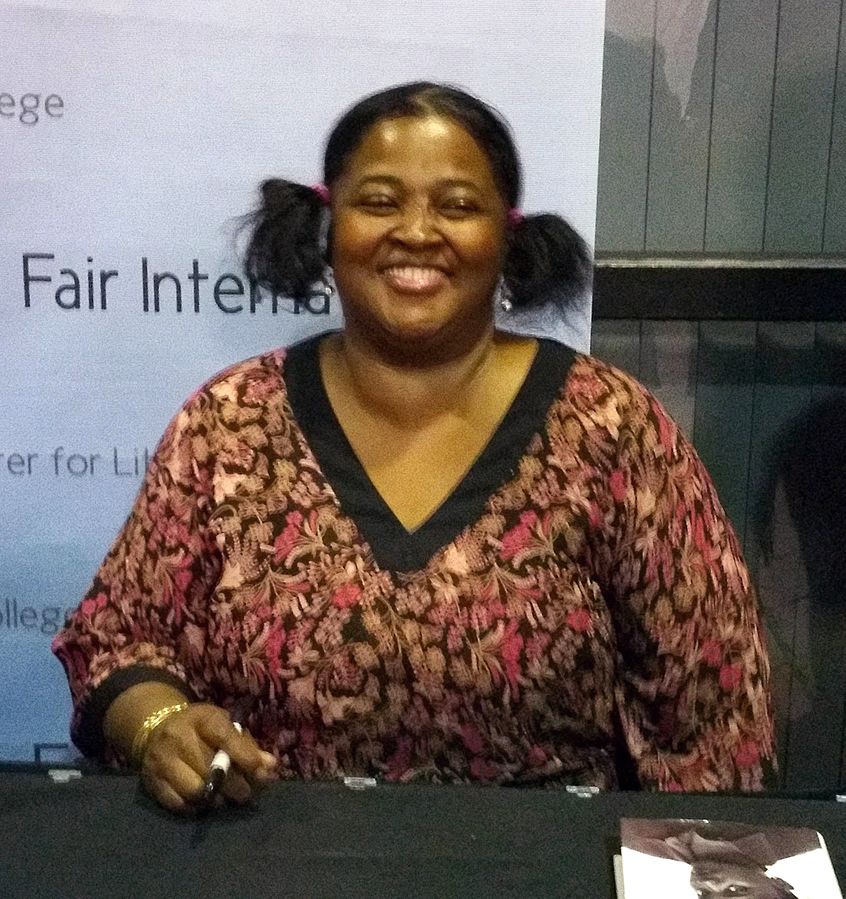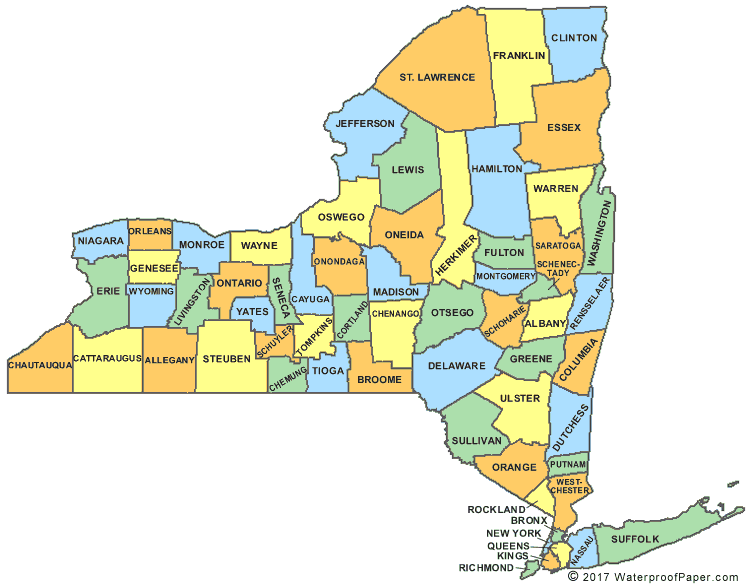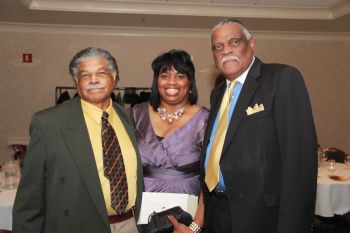The Durham Desegregation Movement was a multi-year civil rights campaign in Durham, North Carolina, between 1960 and 1964. On February 8, 1960, seven days after the Greensboro Sit-Ins occurred, seventeen Black North Carolina College (Now North Carolina Central University) students staged sit-ins at three White-only lunch counters in Durham, including Woolworth, Kress, and Walgreens. Several White Duke University students joined the North Carolina College students.
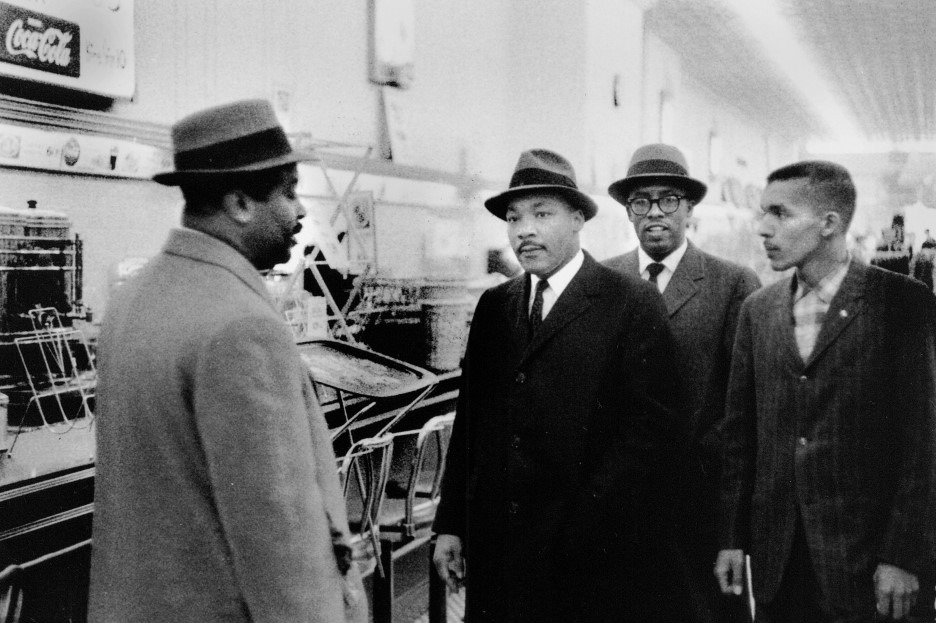
Martin Luther King Visits Woolworth Lunch Counter, Durham, February 16, 1960 (Courtesy of the Wilson Special Collections Library, UNC-Chapel Hill)
On February 8, the students went to three lunch counters, where they were refused service. The next day, the protestors attempted to go to the lunch counters, but all were closed. On February 16, 1960, Martin Luther King Jr. and Ralph Abernathy came to Durham, accompanying Douglas Moore, one of the first to protest the Woolworth’s lunch counter. Later that day, King spoke at the White Rock Baptist Church to an audience of 1,200, where he gave his “Fill up the jails” speech. He said, “Let us not fear going to jail if the officials threaten to arrest us for standing up for our rights.” On August 1, 1960, after months of demonstrations, the downtown Durham lunch counters were finally desegregated.
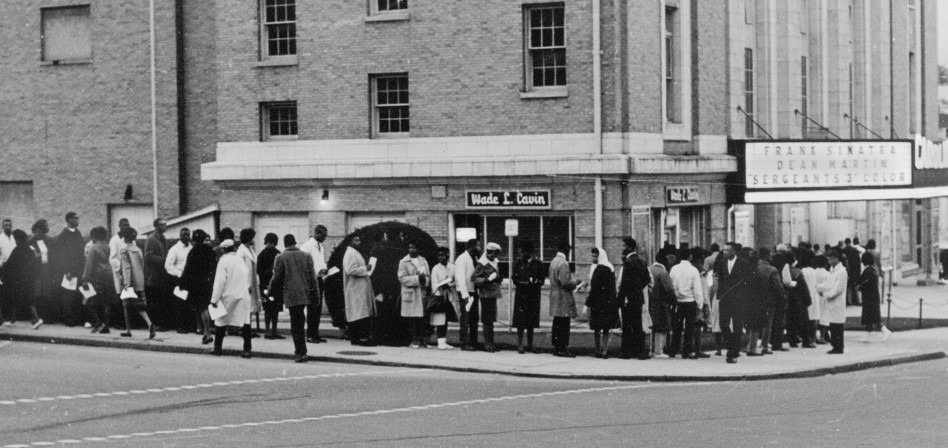
Demonstrators at the Carolina Movie Theater, March 15, 1962 (Wilson Special Collections Library, UNC-Chapel Hill)
A few months later, on January 21, 1961, Black students from North Carolina College and white students from Duke University staged a joint protest at the Carolina and Center Movie Theaters. During the rally, the protesters carried signs with slogans like “We hold these truths to be self-evident, that all men are created equal” and “Why feed red propaganda by making Democracy a lie?” Protests continued into March 1962 at the Carolina Theater, where the students began “round-robin” demonstrators. Protestors lined up at the box office, and when the Black protestors were refused tickets, they and their white supporters went back to the end of the line, frustrating White patrons who wanted admission. Several white sympathizers also helped several Black protesters slip into the theater through the side doors or by-passing tickets they had bought earlier.
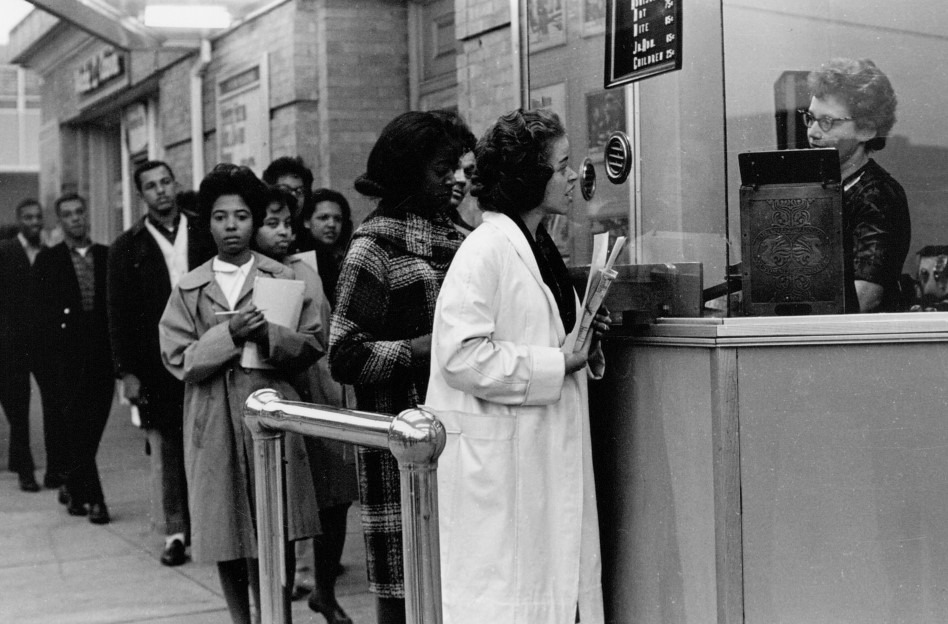
Demonstrator Attempts to Buy Ticket at the Carolina Theater, March 15, 1962 (Wilson Special Collections Library, UNC-Chapel Hill)
Protests occurred at other public accommodations, including restaurants. On August 12, 1962, a Freedom Rally was attended by more than 500 people at Saint Joseph’s AME Church, who listened to civil rights leaders Floyd McKissick, James Farmer, and Roy Wilkins. Wilkins told the crowd, “You cannot live respectably with segregation,” and Farmer said, “You’re joining the greatest and most exciting battle of the century.” After the church meeting ended, protestors proceeded to Howard Johnson’s Restaurant nearby to challenge the restaurant’s racially segregated policies.
A year later, on May 18, 1963, demonstrations occurred at multiple Durham public accommodations, including Howard Johnson’s Restaurant. Over the next two days, around 850 protesters were arrested at various locations. Recently elected Durham Mayor Wense Grabarek, in response, appointed the Durham Interim Committee to “resolve and reconcile” the city’s racial tensions. Over the next few months, they negotiated with a number of Durham public accommodations, including restaurants, hotels, and movie theaters, most of which ended their racial discrimination. All Durham public accommodations would finally be desegregated after the passing of the Civil Rights Act of 1964 on July 2, 1964.

